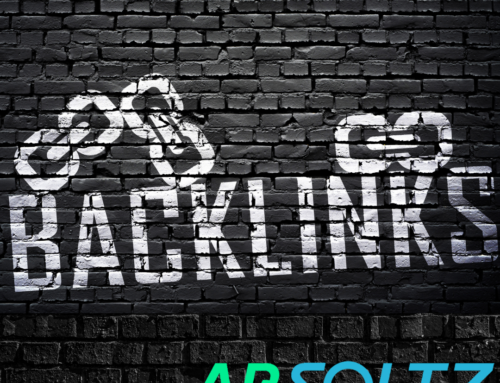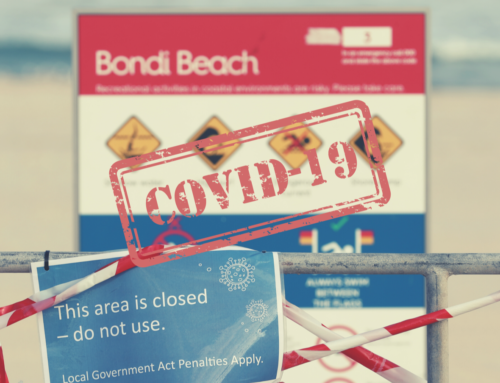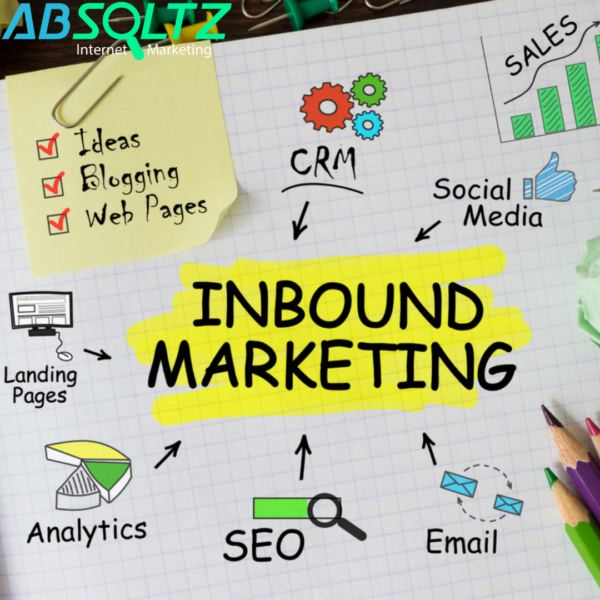
Why inbound?
For some years now, the usual toolkit of B2B marketers has been losing its frame. Subjected to lots of advertising and brand messages every day, your buyers have evolved. They’ve become exceptionally efficient at overlooking anything they haven’t asked to receive.
Unwanted email is automatically, removed from their inbox. And cold calls from adamant sales reps are the least welcome things of all.
Naturally, the ROI from all these activities has seen a rapid decline, which means you need a new toolkit. This may all sound like a marketing nightmare, but actually it is an opportunity to avoid expensive marketing tactics that your customers hate and no longer work.
It’s the opportunity to adopt a new marketing attitude, inbound, that will drive you and your company to new heights of success. Inbound marketing replaces ineffective, interruptive, outbound marketing tactics with content-driven strategies that help you to attract, convert, close and delight modern B2B buyers.
What is inbound marketing
Inbound marketing is the realignment of your digital marketing efforts with your buyer’s new decision-making process. The goal is to expose your company’s expertise to them, when and where they are looking for it.
The decisions of all B2B buyers go through a similar set of stages – as your buyer goes from a position where they have an unidentified problem, to researching and finding solutions and eventually resolving the problems. Buyers may pass through the different stages of the process with different speeds, depending on what they are buying, and may even move back and forth between them, but overall the model has always remained the same.
What has changed, however, is what buyers do at each stage and how they act. Buyers have taken back control of their buying process. They have taken control of the flow of information between you and them.
Inbound marketing recognises this change. It understands that to earn your buyer’s trust and the right to engage them in a conversation, you have to play by their rules. You have to let them do their own research online without interrupting them with adverts or call. This process helps them to make fine decisions, adding value to their analysis or research. This is what inbound marketing empowers you to do.
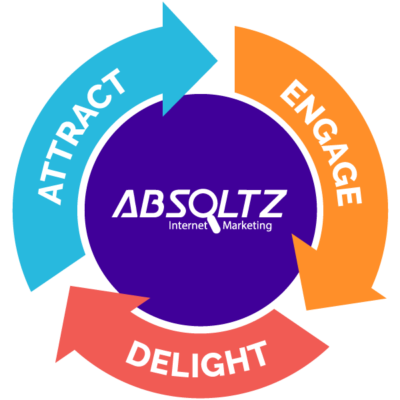
The inbound methodology
While your buyer is going through their buying process, they need the information to help them along their way. The type of information they seek changes as they progress toward making a purchase and also their willingness to share contact details and engage with potential suppliers.
HubSpot developed the inbound methodology, which maps your digital marketing with the stages of the buying process in a way that enables you to:
- Attract — Turn Strangers Into Visitors
The first goal is to make customers aware of your company and the services/products that you offer. You want to attract people to your site and other social media networks where your company is active on.
Attracting new visitors on your website means you have to answer their questions and be found where they are looking. Blogging is the best method for driving new prospects towards your website. Backing this up with search engine optimisation (SEO), social media and paid social promotion will maximize your blog’s lead generation potential
Unlike outbound marketing which often reaches a broad audience, the inbound marketing method focuses on targeted groups of prospects. The key to success is to target people who are more likely to be interested in your product and to leave out those who probably aren’t interested at all.
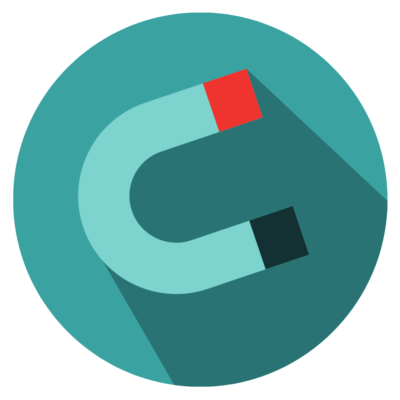
The Secret Weapon to Attract Visitors: Relevant content optimized for search and promoted in key places online.
- Convert — Turn Visitors Into Leads
Once you have qualified prospects in your website, it’s time to convert them into leads and sales. At this stage in the inbound marketing methodology, you have received your visitors’ contact information like their email address, phone number or anything which can help you to contact them which means you formally have an inbound lead!
No one in their right mind will ever give you their email address just for fun (we have all been spammed at some point, right?). You need to offer something useful to them, so that your website visitor agrees to the exchange.
It’s important to make offers across the buyer’s journey to generate leads at the top, middle, and bottom of your sales cycle.
Your Secret Weapon to Convert Prospects: Content, such as whitepapers and ebooks, that align to the various stages of the buying process are effective incentives for conversion.
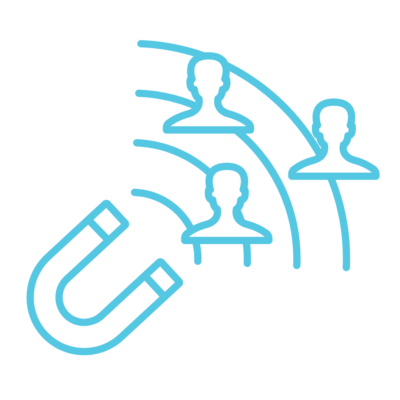
- Close — Turn Leads Into Customers
It’s not the number of leads that you have that matters. How many leads are turned into paying customers is an important question. You cannot just plant a seed and expect it to grow without watering it. You need to nurture your leads with the right amount of attention at the right times. Too much attention will make you look like spammy and the lead will hit the ‘unsubscribe’ button before you know it. Little attention will let them forget that you ever existed.
The right nurturing content for your buyer persona and the individual lead is also important.
Your Secret Weapon to Close Leads CRM (Customer Relationship Management) software. You need a way to track leads to understand whether your leads are converting into sales or not.
- Delight — Turn Customers into Promoters
The effect of inbound marketing doesn’t stop here after your prospect becomes a customer. Delighting customers has a direct impact on the bottom line, so keep in touch with your customers. Make them feel special for choosing your company.
It’s important to make sure that your existing customers have access to the latest and most relevant content you produce, through blog digests, social media and personalized emails. It will help you to keep them engaged with your brand and create opportunities to upsell.
Your Secret Weapon to Delight Customers: Keep up with your customers on social media, so that you can identify the best time to connect. Did your customer just win an award? That’s a great time to send a note congratulating them.
Getting started with inbound
Gaining maximum results through the inbound marketing strategy, requires the execution of three core pillars: content marketing, lead generation and marketing automation
Content marketing
Creating valuable content that aligns with your buyer’s questions and needs is at the very heart of effective inbound marketing. In fact, content plays a key role at every step of the inbound methodology, driving up search traffic, converting leads and helping to nurture and close customers.
Blogs and ebooks are some of the easiest and most trustworthy formats to kick start with. Later you can upgrade to infographics, slideshares, webinars, video and many more types of rich content.

Lead generation
With more visitors coming towards your website to munch through your content, lead generation is your next concern. Leads do not convert themselves, so you need to create conversion opportunities which can help you along the way. Ideally, every page and post on your website is going to mark a relevant call to action or conversion opportunity. Calls to action, landing pages, forms and offers everything needs to be aligned if you are going to earn a prospect’s trust and obtain their important contact information. Website conversion optimisation is also required to ensure that your main website isn’t letting the marketing side down when it comes to converting leads.
Marketing automation
Marketing automation is not just software; it’s an inbound discipline that is to be mastered. For this you have to learn how to use marketing automation to segment your audience, engage leads across channels, monitor, and how to build effective email sequences, that’s an essential element of any thriving inbound programmer.
WITHOUT MARKETING AUTOMATION
A visitor lands on your website and downloads an eBook. Without marketing automation, you would get a notification of this, but then you’d have to remember two days later to follow up with that visitor, as well as manually change the CRM record to update their lifecycle stage as well as send an email to a sales person to keep an eye on them.
WITH MARKETING AUTOMATION
A visitor lands on your website, and downloads an eBook. Now, an automated email is sent to the prospect receiving the eBook, also offering other valuable pieces of content. The contact is put on a marketing workflow, which will
CONCLUSION
Inbound Marketing is great, and we love it because it gives small and medium sized businesses real opportunities to fight against the big players in the game. But it takes consistency, persistence, creativity, quality and most importantly – investment. Not just financial investment, but the investment of time from multiple points within the business.
Make sure you optimise absolutely everything you do, from a tweet, to a blog, to a piece of downloadable content. The tools are out there to make sure that every single decision you make can be optimised using your data, your knowledge and your experience. By using all of this data to make your marketing decisions, you increase the chance of doing more of what works, and less of what isn’t – sounds good right?

